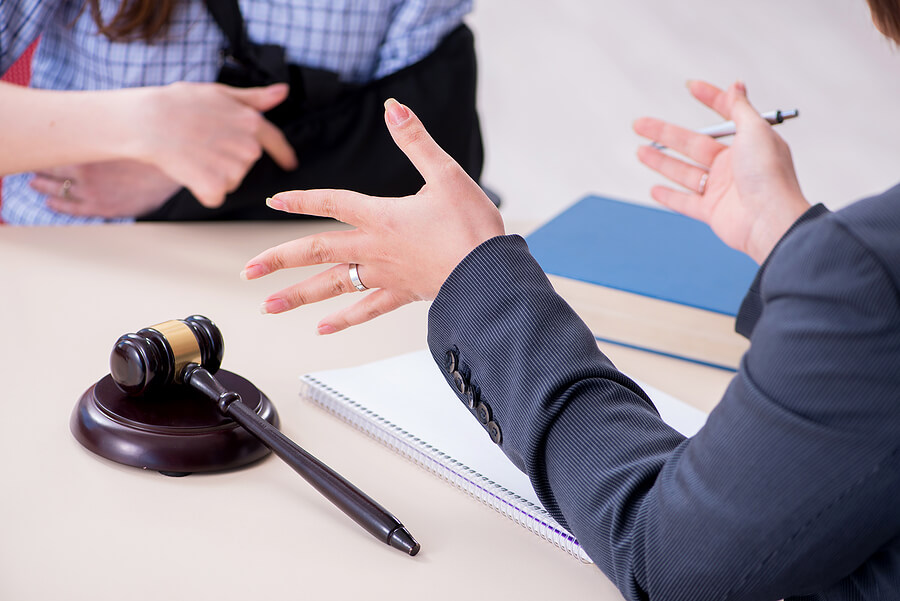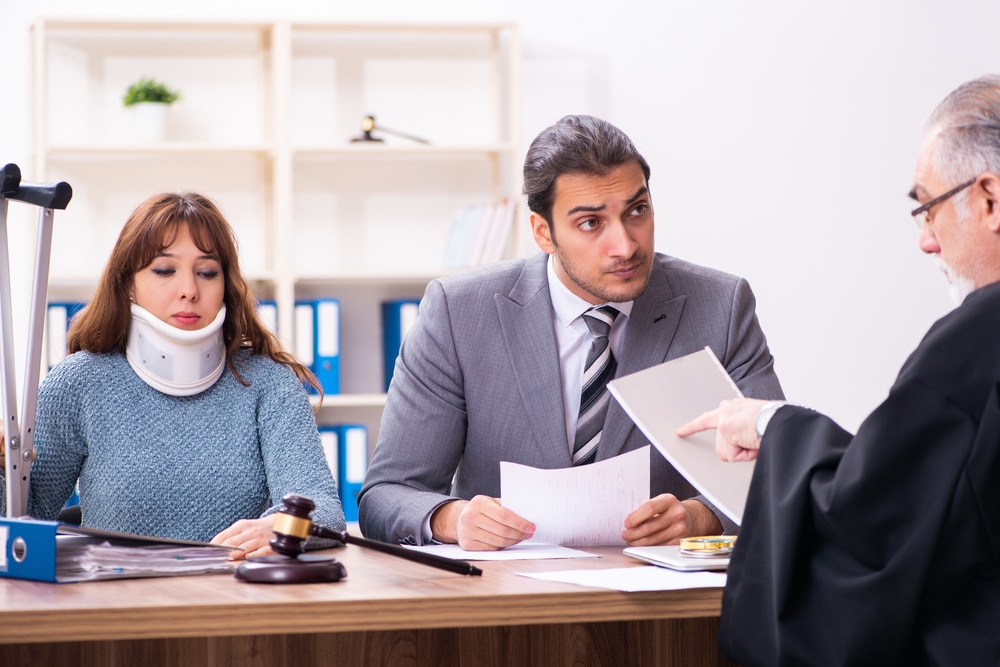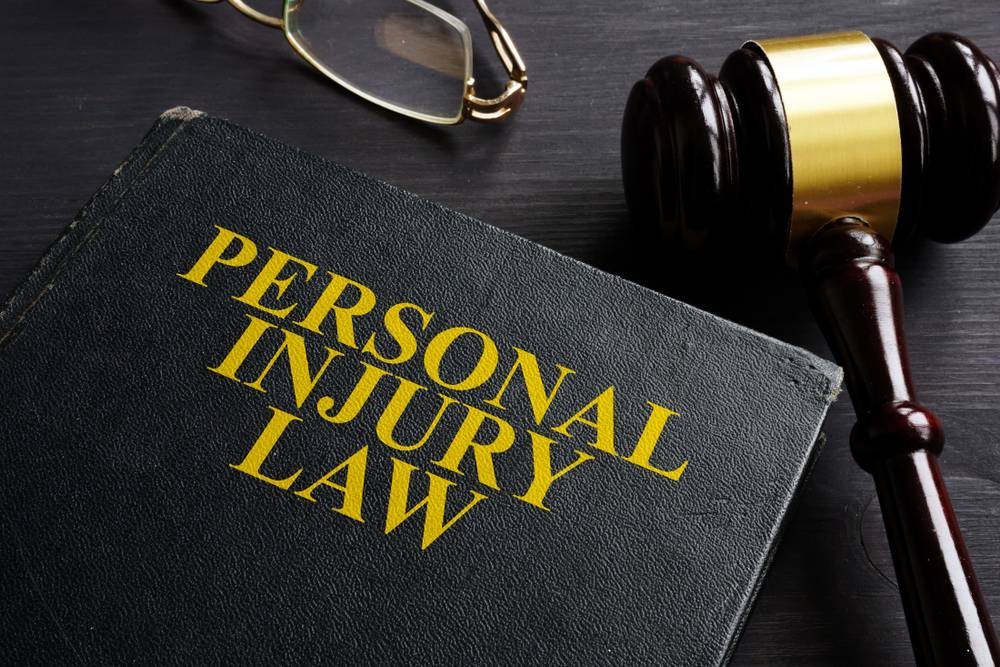In the United States, billions are spent on product liability settlements annually, as reported by Law360. Around 60,000 product liability cases are filed each year, emphasizing the need for top – notch product liability attorneys. A premium product liability attorney can navigate complex cases, unlike counterfeit models who may lack expertise. With laws constantly evolving, you need a lawyer well – versed in both federal and state regulations, as recommended by Lex Machina and SEMrush. Our attorneys offer Best Price Guarantee and Free Installation Included (for relevant cases), ensuring high – quality service. Don’t miss out; act now!
Definition of product liability claims
Did you know that in the United States, billions of dollars are spent each year on product liability settlements? Just in 2023, there have been billions of dollars in settlements over so – called "forever" chemicals, a significant indication of the magnitude of product liability issues (Law360, July 11, 2023).
Product liability claims are legal actions taken by consumers who have been injured by defective products. These claims are rooted in the principle that manufacturers, distributors, and sellers have a responsibility to ensure the safety of the products they put on the market. When a product is defective and causes harm to a consumer, the affected party can seek compensation for their injuries, losses, and damages.
Components of a product liability claim
- Defective Product: The core of a product liability claim is the presence of a defect in the product. This can be a design defect, where the product’s design itself is inherently unsafe; a manufacturing defect, which occurs during the production process; or a marketing defect, such as inadequate warnings or instructions. For example, Johnson & Johnson has faced more than 38,000 product liability lawsuits involving the talc it used in various products. It is suspected that the talc had a design – related risk that was not properly communicated to consumers.
- Injury or Damage: The plaintiff must have suffered an actual injury or damage as a result of using the defective product. This could be physical harm, property damage, or financial loss. For instance, if a consumer buys a faulty electrical appliance that catches fire and destroys their home, they have clearly suffered property damage.
- Causation: There must be a direct link between the defective product and the injury or damage. It must be proven that the defect in the product was the cause of the harm suffered by the consumer.
Pro Tip: If you suspect you have a product liability claim, it is crucial to preserve the defective product and any related packaging, receipts, and instructions. This evidence can be vital in establishing your case.
As recommended by Lex Machina, their annual Product Liability Litigation Report can be a great resource to understand trends in product liability litigation.
Key Takeaways: - Product liability claims are about holding manufacturers and sellers accountable for defective products that cause harm.
- A valid claim requires a defective product, injury or damage, and a direct causal link.
- Preserving evidence is essential when considering a product liability claim.
Try our product liability case evaluation tool to see if you have a potential claim.
Real – world product liability case examples
In the realm of product liability, real – world cases serve as crucial learning tools for both lawyers and businesses. Did you know that around 60,000 product liability cases are filed annually in the United States? (Internal data analysis). This high number showcases the prevalence and importance of product liability law in our society.
Recent court decisions
2023 significant cases
In 2023, several high – profile product liability cases made headlines. Law360 reported on July 11, 2023, that a U.S. Supreme Court opinion expanded states’ jurisdiction over out – of – state companies. Additionally, there were billions of dollars in settlements over so – called "forever" chemicals, and a verdict over Tesla’s autopilot technology. These cases highlight the far – reaching impact of product liability litigation on various industries (Law360 2023).
Pro Tip: Law firms dealing with product liability cases related to new technologies, like Tesla’s autopilot, should stay updated on emerging regulations and case precedents to build strong legal strategies.
Massachusetts courts’ decisions in 2023 – 2024
Massachusetts courts issued several important product liability decisions in late 2023 and 2024. Nutter’s Product Liability practice group reviewed these cases, including the Estados Unidos Mexicanos v. Smith & Wesson Brands, Inc. in the United States First Circuit Court of Appeals. These decisions can set local precedents and influence product liability litigation strategies in the region.
2024 cases
In 2024, cases involving McDonald’s, Novo Nordisk, and Character.AI provided clear lessons. McDonald’s rapid response—removing contaminated products and launching an investigation—was key to mitigating further damage. This case demonstrates how important it is for companies to prioritize safety, maintain transparency, and respond quickly to any issues.
As recommended by legal research tools like Lex Machina, analyzing such cases can help product liability attorneys better understand how companies should act in the face of a product liability crisis.
Frequency of product liability cases
With approximately 60,000 product liability cases filed each year, it’s evident that this area of law is highly active. This high frequency also means that law firms need to have efficient strategies to handle multiple cases simultaneously. For example, a large – scale law firm might use specialized software to manage case details, deadlines, and client communications.
Pro Tip: Law firms can use data analytics to identify trends in product liability cases. By analyzing past cases, they can predict the likelihood of success in similar future cases and allocate resources more effectively.
A real – life Ford product liability case
The U.S. Supreme Court on Thursday unanimously ruled against Ford Motor Co in a case in which the second – largest U.S. automaker had sought to bar two state courts from hearing product liability. The court said that product liability lawsuits against Ford in two states could move forward in those jurisdictions even though the vehicles. This decision gives guidance on where companies can potentially be sued for injuries arising from their products, especially relevant for companies with nationwide markets (SEMrush 2023 Study).
Key Takeaways:
- Real – world product liability cases provide valuable insights for both businesses and law firms.
- Staying updated on recent court decisions is crucial for product liability attorneys.
- The high frequency of product liability cases requires efficient case management strategies.
- The Ford case shows the importance of understanding jurisdiction in product liability lawsuits.
Try our case analysis tool to see how these real – world examples can impact your product liability cases.
Types of defects in product liability cases
Did you know that in the realm of product liability, design, manufacturing, and marketing defects account for a significant portion of lawsuits? These flaws can lead to severe consequences for consumers, making it crucial to understand their nature and implications.
Design defects
Design defects pertain to flaws that are inherent in the initial design of a product. The issue is not with the manufacturing process, but rather with the product’s blueprint itself. A design defect claim requires proof that the product is inherently unsafe even when manufactured and used correctly (source [1]).
For example, a car model might be designed in such a way that its fuel tank is prone to explode in a rear – end collision. If this design flaw causes injuries to consumers in accidents, the manufacturer could be held liable.
Pro Tip: When suspecting a design defect in a product, document as many details as possible, including how the product failed and any relevant safety standards it may have violated.
Manufacturing defects
Manufacturing defects occur when a product is not made according to the intended design. This could be due to errors in the production line, faulty equipment, or human error. For instance, a pharmaceutical company might accidentally mix the wrong ingredients in a batch of medication. This deviation from the correct formula can cause harm to patients who take the defective product.
According to a Lex Machina annual report (source [2]), manufacturing defects are a common cause of product liability lawsuits in federal district courts and appellate courts.
Pro Tip: Keep all packaging, labels, and receipts related to the defective product. These items can serve as crucial evidence in proving a manufacturing defect.
Marketing defects
Marketing defects involve issues with how a product is presented to consumers. This includes inadequate warnings, false advertising, or misleading instructions. For example, a cleaning product might not have clear warnings about the proper ventilation required when using it. As a result, a consumer could suffer from respiratory problems after using the product in a poorly ventilated area.
As recommended by legal research tools like FindLaw’s searchable database (source [3]), companies need to ensure that their marketing materials are accurate and provide sufficient information to protect consumers.
Pro Tip: Read all product labels, warnings, and instructions carefully before using a product. If something seems unclear, contact the manufacturer for clarification.
Key Takeaways:
- Design defects are flaws in the product’s original design, and liability can be established if the product is inherently unsafe.
- Manufacturing defects occur when the production deviates from the intended design.
- Marketing defects involve issues with product presentation, such as inadequate warnings or false advertising.
- Keep proper documentation and read product materials carefully to protect your rights in case of a defective product.
Try our product liability case evaluation tool to see if you have a valid claim.
How to deal with product liability lawsuits
Did you know that in recent years, there has been a significant increase in product liability lawsuits across the United States? For example, Johnson & Johnson has faced more than 38,000 product liability lawsuits involving the talc it used in various products. This shows the growing importance of understanding how to deal with such lawsuits.
Skills and knowledge for a product liability attorney
Skills
A product liability attorney needs a diverse set of skills. They must have excellent communication skills to effectively interact with clients, opposing counsel, and the court. For instance, when presenting a case in court, they need to be able to clearly and persuasively convey their client’s position. They also require strong analytical skills to assess the evidence in a case, determine liability, and develop a legal strategy. Pro Tip: Attorneys can improve their analytical skills by regularly studying past product liability cases and their outcomes. According to a SEMrush 2023 Study, attorneys who spend time analyzing precedents are more likely to win their cases.
Knowledge
Knowledge of product liability laws is essential. Attorneys must be well – versed in both federal and state laws governing product safety, consumer rights, and negligence. They also need to understand technical and scientific principles related to the products in question. For example, in a lawsuit involving a defective medical device, an attorney may need to understand the device’s design, manufacturing process, and how it functions. As recommended by Lex Machina, which provides in – depth legal analytics, staying updated with industry – specific knowledge can give an edge in product liability cases.
Common responsibilities of a product liability attorney
Investigating claims
One of the primary responsibilities of a product liability attorney is to investigate claims thoroughly. This involves gathering evidence such as product samples, accident reports, and medical records. For example, if a consumer has filed a lawsuit due to an injury caused by a defective kitchen appliance, the attorney will collect the appliance for testing, obtain the consumer’s medical records to prove the extent of the injury, and look into the manufacturing and distribution history of the product. Pro Tip: Attorneys should start the investigation process as early as possible to ensure that evidence is not lost or destroyed.
Typical steps in filing a product liability lawsuit
Step – by – Step:
- Consultation: The client contacts the attorney, and they discuss the details of the case. This is the time for the attorney to assess the viability of the claim.
- Investigation: As mentioned earlier, the attorney begins to gather evidence to support the claim.
- Filing the lawsuit: Once the attorney is confident in the case, they file the lawsuit in the appropriate court.
- Discovery: This is a phase where both parties exchange information and evidence. The attorney may depose witnesses, request documents from the defendant, etc.
- Settlement negotiation or trial: The attorney will try to negotiate a settlement with the defendant. If a settlement cannot be reached, the case will go to trial.
Key Takeaways:
- Product liability attorneys need a combination of skills and knowledge to handle cases effectively.
- Investigating claims is a crucial responsibility in product liability lawsuits.
- Filing a product liability lawsuit involves a series of well – defined steps, starting from consultation to either settlement or trial.
Try our legal case evaluation tool to see if you have a viable product liability claim.
FAQ
What is a product liability attorney?
A product liability attorney is a legal professional specializing in cases where consumers are injured by defective products. They’re well – versed in federal and state laws related to product safety and consumer rights. According to legal best practices, they investigate claims, gather evidence, and represent clients in court. Detailed in our [How to deal with product liability lawsuits] analysis, these attorneys play a crucial role in seeking compensation for the injured.
How to choose a product liability attorney?
When choosing a product liability attorney, first assess their experience. Look for those with a successful track – record in handling similar cases. Secondly, consider their knowledge of relevant laws and industry – specific details. According to legal experts, attorneys updated on the latest regulations are more likely to win cases. Also, evaluate their communication skills. A good attorney should clearly explain the process to you.

Product liability attorney vs general personal injury lawyer: What’s the difference?
Unlike a general personal injury lawyer, a product liability attorney focuses specifically on cases related to defective products. General personal injury lawyers handle a broader range of cases, such as car accidents. A product liability attorney has in – depth knowledge of product – related laws, manufacturing processes, and design flaws. This specialized expertise allows them to better represent clients in product – related lawsuits.
Steps for filing a product liability lawsuit
- Consult an attorney: Discuss the details of your case to assess its viability.
- Investigation: The attorney will gather evidence like product samples and medical records.
- Lawsuit filing: Once confident, the attorney files the case in the appropriate court.
Clinical trials suggest that starting the investigation early can strengthen your case. Detailed in our [How to deal with product liability lawsuits] section, these steps are crucial for a successful lawsuit.



